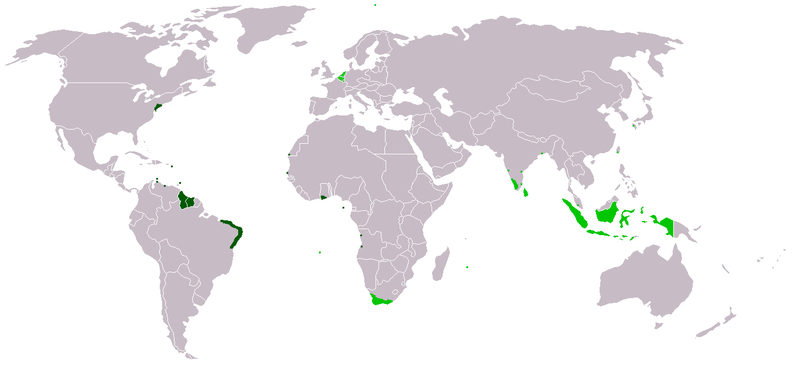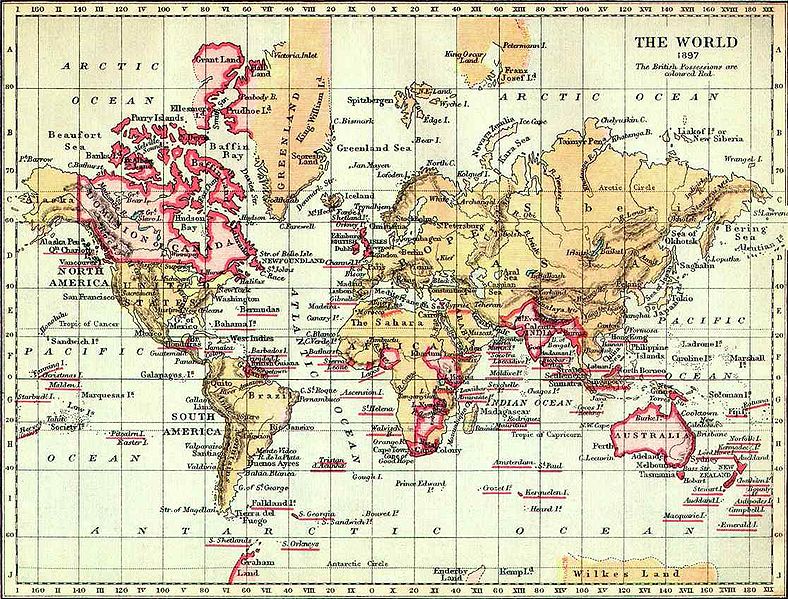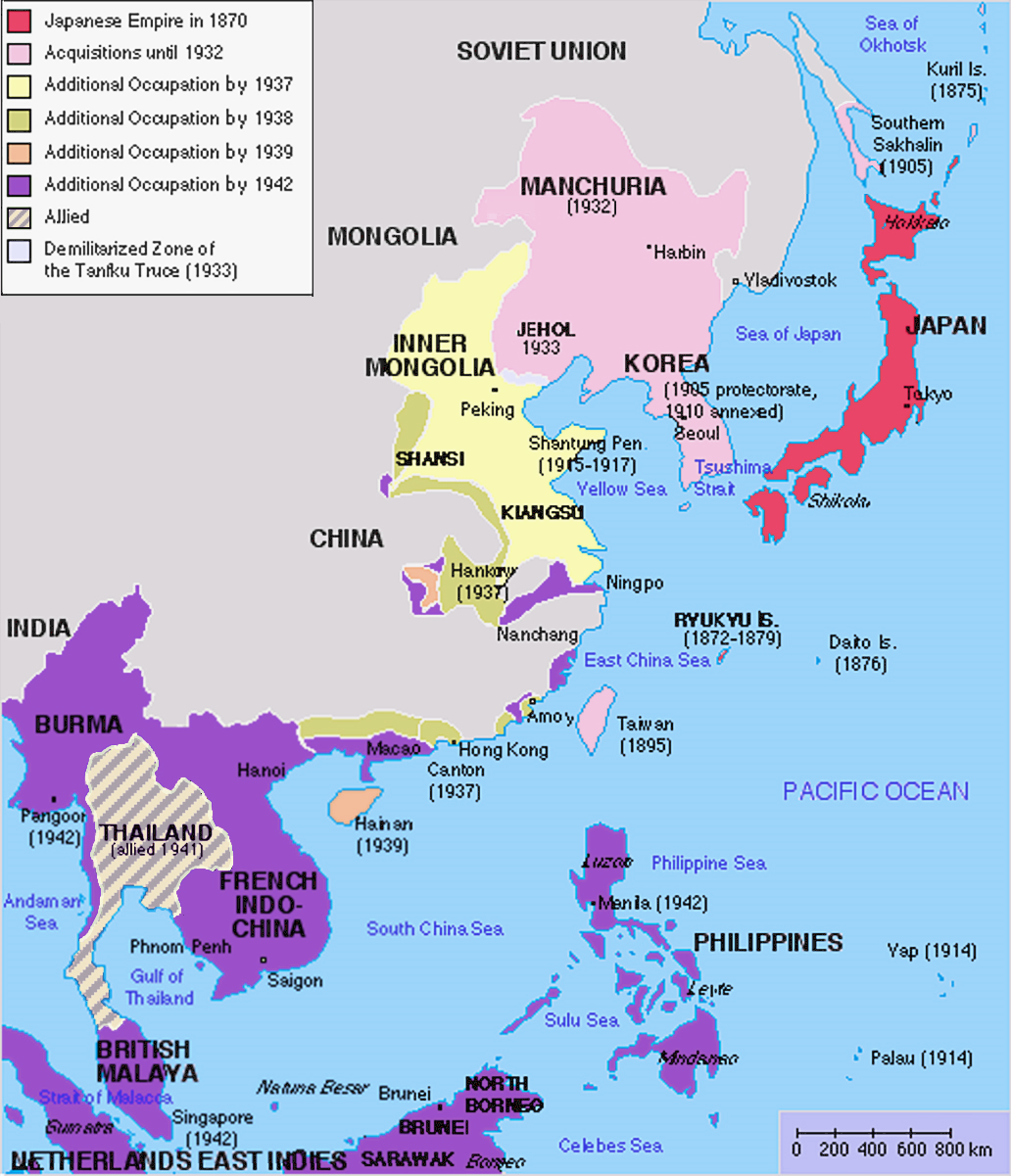Before that, China was the center of its part of the world, so the Chinese empire (and the Roman, Persia, Alexander, Mongolia, Ottoman Empires) did not count. The subtle message is also that, in this new order China should not be thinking about restoring its old hegemony, because that hegemony only extended to a small part of the world, i.e. NE Asia; as a result, the future objective for China is not to dominate the world, but become a major player like (the average of) what (the "three really qualified great nations") Britain, Holland and USA is playing today.
- Some Chinese commentator complained why the Qing empire was not included in the "Great Nations". After all, Qing still had over 1/4 of the world's GDP until mid-1800s. Qing was also a very effectively managed empire in terms of direct control. I think the key word is the the term "modern". The series was very adamant in stating that Britain was the FIRST modern nations in the world after Glorious Revolution, and Qing was definitely not a "modern" nation in this sense. The 3 nations preceded Britains all made contact with the whole earth (including Asia and the New World), while Qing was a local empire not different than Han or Persia of 2000 years ago.
Here are the extent of these empires at their apogee.
A few point worth noting
- According to the series, cultural influence is important, so these colonial empires, even though largely disintegrated by now, still maintain cultural influences to the areas they once occupied
- The influence (and contribution) to the world is one of the most important measure for a Great Nation given by the series, many of them (e.g. USA) influenced the world much more that what the map below paints
- France was hailed as a nation that influenced the war much more than the hard power it projected (i.e. despite its total failure in all the major wars it participated, including the Napolean wars. However, the program acknowledged Napolean for spreading the spirits of French revolution across the European continent, and in its emphasis on rule of law, the Napolean Code)

2) Spanish Empire (only the red areas)

3) Dutch Empire (Dutch was hailed for its business achievement, i.e. expanded basically without the use of force (it was noted that Dutch ships did not have guns and were therefore much lighter and cost effective than the Spanish or British ships). The subtext is that Dutch basically was competing under the modern rule of globalization competition .)

4) British Empire

5) French Empire

6) German Empire (Colonial empire shown, short term occupation in WWI and WWII not counted)

7) Japanese Empire (areas outside red/pink are short-lived occupation in WWII and should not be counted)

8) Soviet Empire (Only red areas, includes satellite states)

9) American Empire (This is post Spanish-American war map, does not include NATO sphere of influence or Okinawa after WWII, or occupied Afghanistan and Iraq)

10) Other colonial empires in wiki.
No comments:
Post a Comment